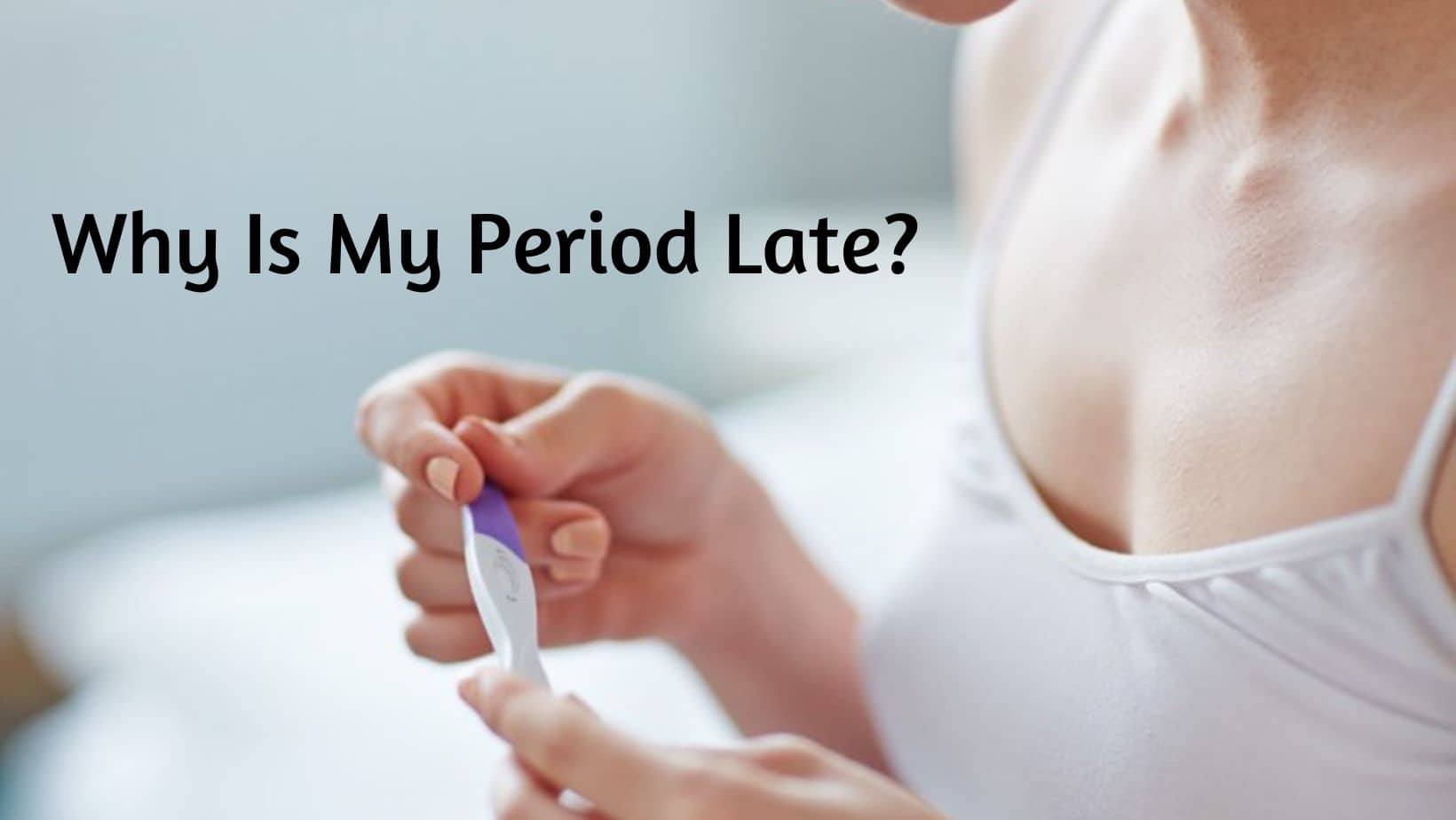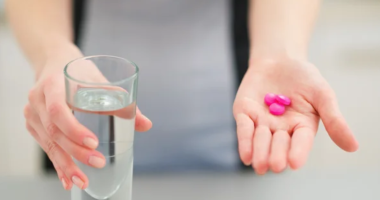Causes of Abnormal Or Irregular Period: 17 Reasons You Are Not Getting –
Dr Nidhi Shah – Consultant of Gynaecology & OBGY, Jaslok Hospital and Research Center. has shared some of the important factors which can contribute to abnormal menstruation.
With each menstrual cycle, the uterine lining (endometrium) prepares itself for fetal implantation. If fertilization fails to happen, the body discards the endometrium, which typically lasts for about three to eight days with an average blood loss of 80ml/cycle. In this article, Dr Nidhi Shah – Consultant of Gynaecology & OBGY, Jaslok Hospital and Research Center. has shared some of the important factors which can contribute to abnormal menstruation.
While the severity and duration of the menstrual periods are not the same for every woman, it is considered abnormal when the periods are:-
- Too light, lasting < 2days/bleeding < 80ml – Oligomenorrhea/Hypomenorrhea
- Too heavy, lasting > 7days/bleeding > 80ml – Menorrhagia
- Frequently, occurring lesser than every 21days – Polymenorrhea
- Absent/missed periods – Amenorrhea
- Irregular, intermenstrual bleeding – Metrorrhagia
- Occurs after menopause – Postmenopausal
Causes of Abnormal Or Irregular Period
While in many cases it is not possible to determine the exact cause, there are a number of reasons a woman may experience abnormal uterine bleeding. Some of the known causes of abnormal uterine bleeding include:
- Spontaneous miscarriage in pregnancy
- Ectopic pregnancy extra-uterine implantation of the fertilised egg. Most commonly – the fallopian tubes
- Hormonal disorders conditions such as Hypothyroidism (low levels of thyroxine), Polycystic ovary syndrome (PCOS) and Hyperprolactinemia can disrupt the menstrual cycle
- Ovulatory dysfunction this occurs due to failure of the ovary to release an egg every month, commonly seen at the extreme ends of a woman’s reproductive years, either during puberty or at menopause
- Endometriosis the endometrial cells lining the uterine cavity travel, attach and grow elsewhere in the body, generally within the peritoneal cavity, most commonly the ovaries
- Infection organisms causing Sexually transmitted infections (including Chlamydia/Gonorrhea) or Pelvic inflammatory disease (PID)
- Medication includes anticoagulants, which interfere with blood clotting ability; phenothiazides, which are antipsychotic tranquilisers; and tricyclic antidepressants, which affect serotonin uptake
- An intrauterine device (IUD) is a contraceptive device that acts as a foreign body inside the uterus and prompts heavier periods
- Hormonal contraceptives may include the combined oral contraceptive pill, injections of long-acting synthetic progesterone, a rod containing slow-release progesterone (implanted in the upper arm), or intrauterine system devices (progesterone-releasing contraceptive devices inserted into the uterus). The progesterone-only treatments commonly cause spotting
- Hormone replacement therapy (HRT) is used for treating menopausal symptoms
- Fibroids benign tumours that develop inside the uterus
- Polyps small, stalk-like projections that grow out of the uterus lining (endometrium)
- Bleeding disorders may include leukaemia and Von Willebrand disease
- Eating disorders like anorexia nervosa or bulimia and excessive exercising
- Low body fat or obesity
- Anxiety and stress
- Cancer is mostly seen in the uterine lining, though some cancers may grow in the muscle layers of the uterus. They have commonly seen post-menopause.
Treatment For Abnormal Uterine Bleeding
Treatment will depend on the cause, but may include:
- Medication such as prostaglandin inhibitors, hormone replacement therapy or antibiotics
- Change of contraception it may be necessary to explore other methods of contraception other than the IUD or hormones
- Treatment of underlying disorders such as hypothyroidism, PCOS, hyperprolactinemia or a bleeding disorder
- Dilatation and curettage (D&C) involving dilation and gentle scraping of the cervix and the lining of the uterus
- Surgery to remove the underlying pathology such as tumours, polyps, fibroids or an ectopic pregnancy
- Hysterectomy the removal of the uterus is generally considered a last resort only when other modalities fail or in cases of serious diseases, such as adenomyosis or cancer.









